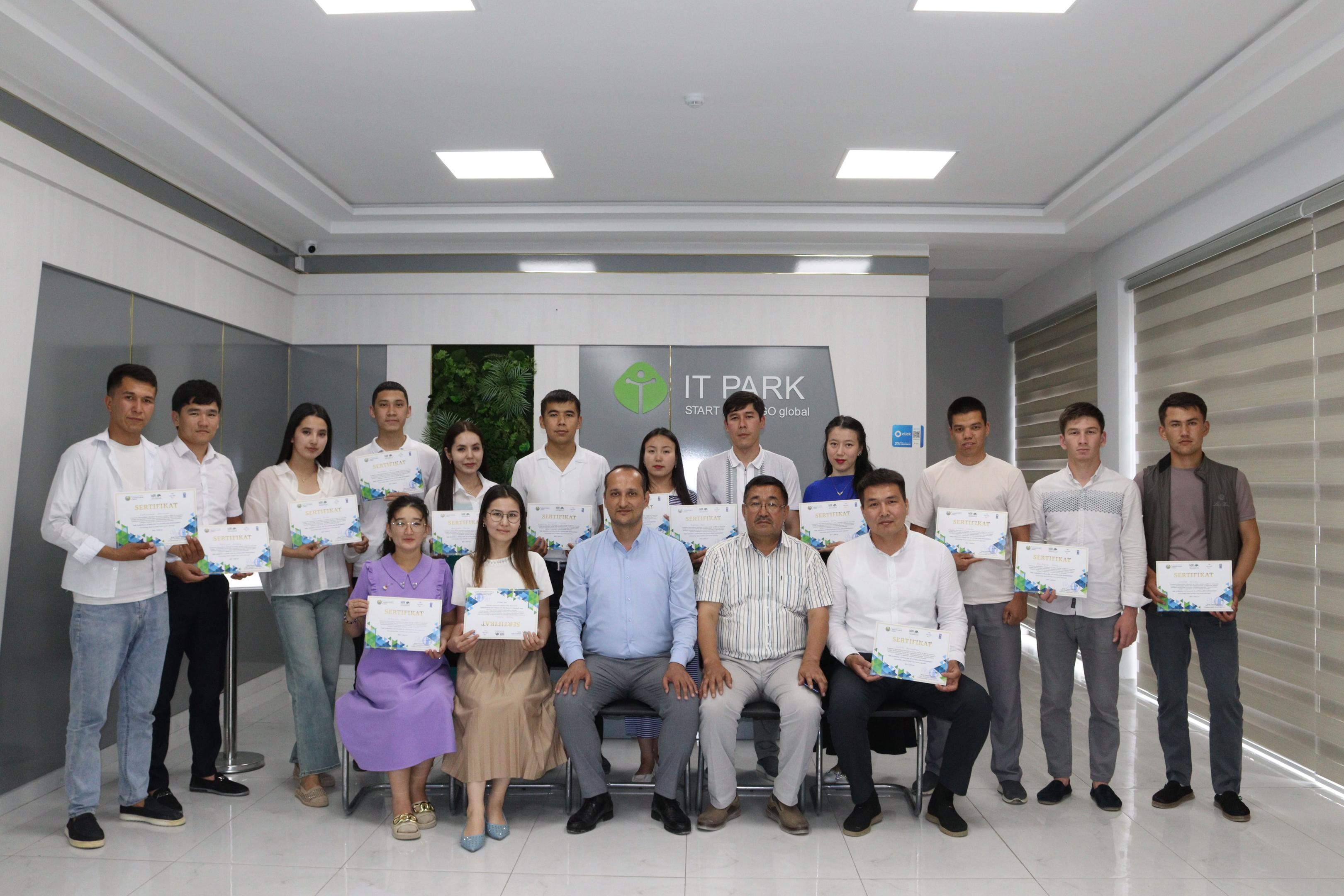Author: Guzal Fayzieva
Building an Energy-Efficient Future: A Civil Engineer from Samarkand on the Benefits of Green Technologies
November 7, 2024
UNDP Uzbekistan
The majestic Registan Square, located in the heart of Samarkand, draws tourists from around the world and serves as a childhood symbol for locals. In 1993, when heavy rains caused significant damage to the Tilla Kori Madrasah, it was Professor Askar Khasanov's company that won the tender to strengthen the central dome of this medieval structure. His work left a lasting mark on Samarkand's most iconic landmark. Inspired by his father, Zokhir Khasanov, the hero of our story, also pursued a career in architecture and construction. Today, he holds a PhD in technical sciences, is an associate professor at both the Samarkand State Institute of Architecture and Civil Engineering and the Tashkent Institute of Railway Engineers, and serves as Deputy Director of the Research Design and Survey Institute “GeoFundamentProject.” This institute offers a wide range of services in architecture, engineering, and construction.
Modern architecture is rapidly evolving, with increasingly bold designs and rising demands for energy efficiency in construction—crucial for creating a healthier environment. Energy-efficient technologies are especially important in rural areas, where 70% of Uzbekistan’s housing is being built, increasing pressure on natural resources.
Passive architectural and planning solutions play a key role in ensuring energy efficiency. Zokhir Khasanov and his colleagues learned more about their benefits through UNDP-organized trainings. These trainings, held in collaboration with the Scientific Research Institute for Technical Norms and Standardization and supported by the GEF, brought together architects, designers, professors, and students from across Uzbekistan and Karakalpakstan between April and June 2024. During the sessions, UNDP experts emphasized the advantages of passive heating and cooling systems, which significantly reduce greenhouse gas emissions. Participants also explored software tools for calculating solar insolation in buildings and learned about Building Information Modeling (BIM) technologies used in the design process.

UNDP Uzbekistan
“According to sanitary standards, living spaces must receive at least two hours of direct sunlight each day, while in summer, it’s crucial to prevent overheating. We were introduced to free software tools that consider the building’s location, its orientation to the sun, and the surrounding landscape. Learning about BIM technologies was particularly exciting—they enhance transparency throughout the design and construction process,”shares Zokhir Khasanov.
BIM technologies, as emphasized in the training, create a unified information environment that synchronizes the efforts of surveyors, geological and geotechnical engineers, architects, structural engineers, and estimators. This not only boosts productivity and reduces costs but also ensures transparency and improves quality control during construction.
Scientific data shows that reducing greenhouse gas emissions by nearly half by 2030 is essential to avoiding the worst impacts of climate change. Efficient use of natural resources is one of the most effective ways to minimize environmental harm and foster a healthy environment. Zokhir Khasanov believes everyone can contribute to saving the planet by choosing energy-efficient technologies and materials today.
“With the increasing construction of solar power plants, we offer a wide range of services including engineering surveys, topography, design, and testing of station supports. Our team has worked on solar power projects in Bukhara, Namangan, Surkhandarya, and Samarkand. Accelerating the transition to clean energy is key to creating a healthy and livable planet—not just for us but for future generations,”Zokhir adds.
The trainings were organized under the scope of two UNDP projects – “Market transformation for Sustainable Rural Housing in Uzbekistan” and “Sustainable Rural Development”.
The UNDP project “Market Transformation for Sustainable Rural Housing in Uzbekistan,” implemented in partnership with the Ministry of Construction and Housing and Communal Services and funded by the GEF, has provided rural residents with unique opportunities to save money and reduce their carbon footprint by offering subsidies for energy-efficient technologies and materials.
One of the project’s major achievements has been improving energy efficiency standards for residential buildings, resulting in the creation of two new regulatory documents. This lays the groundwork for future projects aimed at enhancing resource efficiency and reducing environmental impact.
The other project “Sustainable Rural Development” is a joint initiative of the UNDP and the Ministry of Economy and Finance being implemented with financial support of the Islamic Development Bank (IDB) and OPEC Fund for International Development with the aim of creating favorable living conditions for rural rpeople and ensuring their access to basic infrastructure, socio-economic services including access to health and education. One of the project's objectives is to strengthen the capacity of local architecture and construction institutions to create sustainable, energy-efficient, low-carbon, climate-resilient, and gender-responsive designs that promote local resources. This aligns with BIM trainings, as they enhances the ability to integrate sustainability principles into modern, efficient design and construction processes.
As Zokhir Khasanov says, “Doctors and teachers shape lives, but builders, architects, and engineers hold the safety of entire communities in their hands. A surgeon saves one life at a time; we design for the well-being of thousands.”

 Locations
Locations












